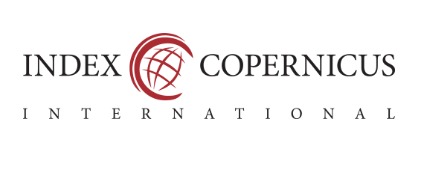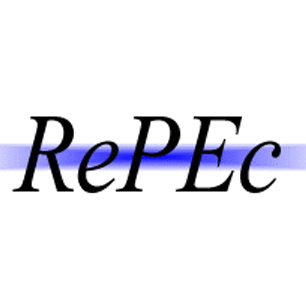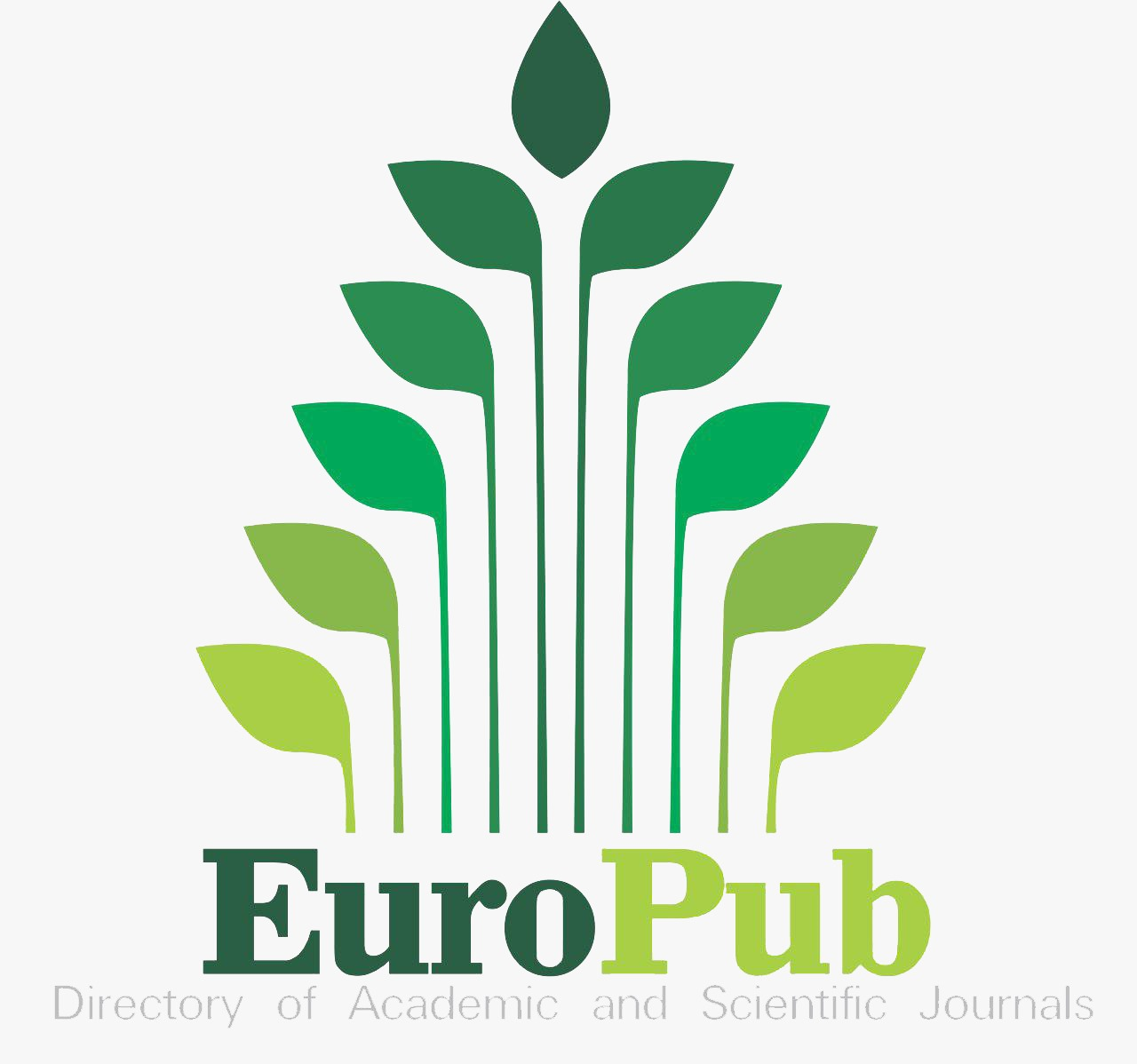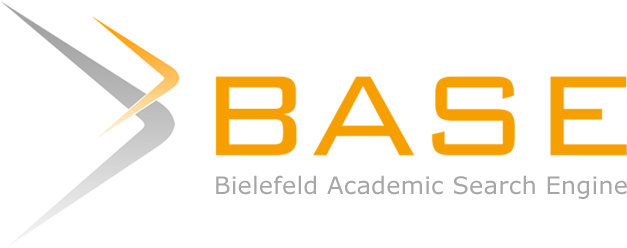Beyond the Canvas: An Exploration of Curriculum Design and Aesthetic Education in Fostering Aesthetic Development and Artistic Skills among Primary School Students
Abstract
Aim: This study aims to investigate the relationships between curriculum design, aesthetic education, student motivation, and students’ aesthetic development and artistic skills in Morocco’s primary schools. Specifically, it explores how curriculum design influences aesthetic development and artistic skills, examines the impact of aesthetic education on aesthetic development, and investigates the role of student motivation in mediating these relationships.
Methodology: Using a qualitative approach, the study conducted semi-structured interviews with 25 primary school educators in Morroco to gather insights into their perspectives on curriculum design, aesthetic education, student motivation, and students’ aesthetic development and artistic skills. Thematic analysis was employed to analyze the interview data, identifying key themes and patterns related to the research questions.
Findings: The findings reveal intricate connections between curriculum design, aesthetic education, student motivation, and students’ aesthetic development and artistic skills. Curriculum design plays a foundational role in shaping students’ aesthetic experiences, while aesthetic education and student motivation mediate the effectiveness of curriculum interventions in promoting aesthetic development and artistic skills.
Implications/Novel Contribution: This research contributes to our understanding of the complex interplay between curriculum design, aesthetic education, student motivation, and students’ aesthetic development and artistic skills in primary schools. It underscores the importance of integrating aesthetic principles into curriculum design and fostering intrinsic motivation to optimize students’ aesthetic learning experiences. The findings have implications for educational practice, policy, and research, highlighting the need for holistic approaches to arts education that nurture students’ creativity, critical thinking, and aesthetic sensibilities.
References
Belda-Medina, J. (2022). Promoting inclusiveness, creativity and critical thinking through digital storytelling among EFL teacher candidates. International Journal of Inclusive Education, 26(2), 109–123. https://doi.org/10.1080/13603116.2021.2011440
Boström, L., Bostedt, G., Eriksson, V., & Stenberg, I. (2023). Student conceptions of motivation to study revealed through phenomenography: Differences and similarities among primary school students. Social Sciences & Humanities Open, 8(1), 100505. https://doi.org/10.1016/j.ssaho.2023.100505
Bovt, A. (2018). THE INFLUENCE OF ARTISTIC AND AESTHETIC EDUCATION OF SCHOOLCHILDREN ON DEVELOPMENT OF MULTIPLE INTELLIGENCES. The Pedagogical Process: Theory and Practice, 1–2. https://doi.org/10.28925/2078-1687.2018.1-2.8287
Cao, R., & Hou, W. (2019). Research on the Interaction Design of AR Picture Books via Usability Test. In Z. Q., R. G. J.G., & T. Y. (Eds.), 4th International Conference on Human Centered Computing, HCC 2018: Vol. 11354 LNCS (pp. 524–534). Springer Verlag. https://doi.org/10.1007/978-3-030-15127-0_53
Card, E. B., Mauch, J. T., & Lin, I. C. (2021). Learner Drawing and Sculpting in Surgical Education: A Systematic Review. Journal of Surgical Research, 267, 577–585. https://doi.org/10.1016/j.jss.2021.05.036
Chang, T.-S., Wang, H.-C., Haynes, A. M., Song, M.-M., Lai, S.-Y., & Hsieh, S.-H. (2022). Enhancing student creativity through an interdisciplinary, project-oriented problem-based learning undergraduate curriculum. Thinking Skills and Creativity, 46, 101173. https://doi.org/10.1016/j.tsc.2022.101173
Chen, J., & Li, D. (2021). Instructed concept appropriation for developing knowledge of second language academic discourse context. Journal of English for Academic Purposes, 52, 101001. https://doi.org/10.1016/j.jeap.2021.101001
Christodoulakis, N., Carulla, C. V, & Adbo, K. (2021). Perezhivanie and its application within early childhood science education research. Education Sciences, 11(12). https://doi.org/10.3390/educsci11120813
Costes-Onishi, P., & Kwek, D. (2023). Technical skills vs meaning-making: Teacher competencies and strength of inquiry-based learning in aesthetic inquiry. Teaching and Teacher Education, 130, 104152. https://doi.org/10.1016/j.tate.2023.104152
Cox, S. R., & Brownfield, A. (2023). Unleashing the Power of the Right Brain. American Journal of Pharmaceutical Education, 87(1), ajpe8904. https://doi.org/10.5688/ajpe8904
Dilekçi, A., & Karatay, H. (2023). The effects of the 21st century skills curriculum on the development of students’ creative thinking skills. Thinking Skills and Creativity, 47, 101229.
https://doi.org/10.1016/j.tsc.2022.101229
Dinda, S., & Ghosh, S. (2021). Perceived benefits, aesthetic preferences and willingness to pay for visiting urban parks: A case study in Kolkata, India. International Journal of Geoheritage and Parks, 9(1), 36–50. https://doi.org/10.1016/j.ijgeop.2020.12.007
Fondo, M., & Gómez-Rey, P. (2021). Integrating game-based learning for intercultural skills development in higher education. In F. P. (Ed.), 15th European Conference on Game Based Learning, ECGBL 2021 (Vols. 2021-Septe, pp. 213–221). Dechema e.V. https://doi.org/10.34190/GBL.21.084
Ford-Baxter, T., Faulkner, K., & Masunaga, J. (2022). Situating Information Literacy: A Case Study Exploring Faculty Knowledge of National Disciplinary Standards and Local Program Learning Outcomes. The Journal of Academic Librarianship, 48(3), 102523. https://doi.org/10.1016/j.acalib.2022.102523
Ginsburg, H. P., Uscianowski, C., Carrazza, C., & Levine, S. C. (2019). Print and digital picture books in the service of young children’s mathematics learning. In Handbook of Research on the Education of Young Children (pp. 85–98). Taylor and Francis. https://doi.org/10.4324/9780429442827-6
Gralewski, J. (2019). Teachers’ beliefs about creative students’ characteristics: A qualitative study. Thinking Skills and Creativity, 31, 138–155. https://doi.org/10.1016/j.tsc.2018.11.008
Greffe, X. (2016). From culture to creativity and the creative economy: A new agenda for cultural economics. City, Culture and Society, 7(2), 71–74. https://doi.org/10.1016/j.ccs.2015.12.008
Grindheim, M., & Grindheim, L. T. (2021). Dancing as moments of belonging: A phenomenological study exploring dancing as a relevant activity for social and cultural sustainability in early childhood education. Sustainability (Switzerland), 13(14). https://doi.org/10.3390/su13148080
Haese, A., & Costandius, E. (2021). Dithakga tša gobala: A collaborative book creation project. Educational Research for Social Change, 10(1), 52–69.
https://doi.org/10.17159/2221-4070/2021/v10i1a4
Haifeng, C., & Xinzheng, M. (2022). Exploration of the Role of Innovation and Entrepreneurship Project in the Construction of Campus Aesthetic Education. Journal of Educational Issues, 8(1). https://doi.org/10.5296/jei.v8i1.19796
Hala, M., & Xhomara, N. (2022). Didactic-Artistic Tools and Artistic Works Demonstration Contribution to Students’ Artistic Skills Development. Pedagogika/Pedagogy, 148(4), 229–247.
Hallam, D. J., Gallagher, M. L., & Owen, D. K. (2022). “I’m not the best at art”: An exploration of children’s growing sense of artistry within an outdoor, arts-based intervention. Thinking Skills and Creativity, 44, 101038. https://doi.org/10.1016/j.tsc.2022.101038
Hawker, C., Courtenay, M., & Gould, D. (2023). How aseptic technique is taught to undergraduate student nurses: A qualitative study. Nurse Education Today, 122, 105717. https://doi.org/https://doi.org/10.1016/j.nedt.2023.105717
Hoel, T., & Tønnessen, E. S. (2019). Organizing Shared Digital Reading in Groups: Optimizing the Affordances of Text and Medium. AERA Open, 5(4).
https://doi.org/10.1177/2332858419883822
Hubner-Benz, S., & Frese, M. (2023). Chapter 26 - Creativity in entrepreneurship: Dancing between nothing and structure (R. Reiter-Palmon & S. B. T.-H. of O. C. (Second E. Hunter (eds.); pp. 377–392). Academic Press. https://doi.org/10.1016/B978-0-323-91841-1.00024-5
Ikhtiyorovna, N. G. (2020). Aesthetic education and methods of aesthetic development in children with disabilities. International Journal on Integrated Education, 3(8), 32–35.
Irgin, P., & Erten, I. H. (2020). Exploring the role of strategy instruction: Young learners’ listening performance and strategy use. Eurasian Journal of Applied Linguistics, 6(3), 415–441.
https://doi.org/10.32601/ejal.834676
Ji, F., & Mkrtychan, O. (2022). AESTHETIC DEVELOPMENT IN THE CONTEXT OF EDUCATION MODERNIZATION. Collection of Scientific Papers «SCIENTIA», September 9, 2022; Singapore, Singapore, 105–106.
Jin, J., & Snook, B. (2022). Comprehensively strengthening and improving aesthetic education in a new era: An examination of the dance education major at the Beijing dance academy. International Journal of Chinese Education, 11(3), 1–13. https://doi.org/10.1177/2212585X221127451
Lazareva, M., Ovchinnikova, A., Abramova, V., & Zvezda, L. (2022). Implementing Integrated Technologies in Aesthetic Development of Primary Schoolchildren. ARPHA Proceedings, 5, 1019–1031.
Lee, L., Currie, V., Saied, N., & Wright, L. (2020). Journey to hope, self-expression and community engagement: Youth-led arts-based participatory action research. Children and Youth Services Review, 109, 104581. https://doi.org/10.1016/j.childyouth.2019.104581
Li, C., Ma, Z., & Xi, X. (2021). Exploring the development of early reading literacy and story narrative among young children. Journal of Chinese Writing Systems, 5(3), 195–204.
https://doi.org/10.1177/25138502211020131
Lin, C.-C., Han, C.-Y., Chen, L.-C., Huang, Y.-L., & Hwang, S.-L. (2023). Undergraduate nurses’ reflections on visual thinking learning to construct inductive reasoning through situated patient pictures: A mixed-method study. Nurse Education Today, 131, 105991. https://doi.org/10.1016/j.nedt.2023.105991
Lin, Y. J., & Wang, H. chun. (2021). Using virtual reality to facilitate learners’ creative self-efficacy and intrinsic motivation in an EFL classroom. Education and Information Technologies, 26(4), 4487–4505. https://doi.org/10.1007/S10639-021-10472-9
Lindberg, S., & Nwosu, H. (2023). Aesthetic development of children in early childhood education and care.
Liu, L. B., & Wang, J. (2020). Exploring teacher quality with a/r/tography in a teacher education course in China. Qualitative Research Journal, 21(1), 101–112. https://doi.org/10.1108/QRJ-05-2020-0041
Lo, S., Abaker, A. S. S., Quondamatteo, F., Clancy, J., Rea, P., Marriott, M., & Chapman, P. (2020). Use of a virtual 3D anterolateral thigh model in medical education: Augmentation and not replacement of traditional teaching? Journal of Plastic, Reconstructive & Aesthetic Surgery, 73(2), 269–275. https://doi.org/10.1016/j.bjps.2019.09.034
Loboda, S. (2023). VIRTUAL EDUCATIONAL SPACE AND THE PROBLEM OF MORAL AND AESTHETIC DEVELOPMENT OF PERSONALITY. INTERNATIONAL JOURNAL OF NEW ECONOMICS AND SOCIAL SCIENCES (IJONESS), 18(2), 9–17.
Lynch, J., Glew, P., Salamonson, Y., & Ramjan, L. M. (2022). “Integrity is integrity. IT doesn’t matter the context”: A qualitative exploratory study of academic integrity in an undergraduate nursing program. Teaching and Learning in Nursing, 17(4), 465–470. https://doi.org/10.1016/j.teln.2022.06.013
Mao, Q., Hong, J.-C., & Nguyen, H. B. N. (2023). Belief of aesthetic intelligence and attribution of failure in science abilities predict Chinese students’ learning engagement in drawing a future science world. Thinking Skills and Creativity, 101246. https://doi.org/10.1016/j.tsc.2023.101246
Maureen, I. Y., van der Meij, H., & de Jong, T. (2022). Evaluating storytelling activities for early literacy development. International Journal of Early Years Education, 30(4), 679–696.
https://doi.org/10.1080/09669760.2021.1933917
Meroño, L., Calderón, A., & Arias-Estero, J. L. (2021). Digital pedagogy and cooperative learning: Effect on the technological pedagogical content knowledge and academic achievement of pre-service teachers. Revista de Psicodidáctica (English Ed.), 26(1), 53–61. https://doi.org/10.1016/j.psicoe.2020.10.002
Mirzaevna, K. S., & Nematovich, G. A. (2022). Characteristics Of Artistic Skills. Journal of Positive School Psychology, 923–926.
Mou, T.-Y. (2024). The practice of visual storytelling in STEM: Influence of creative thinking training on design students’ creative self-efficacy and motivation. Thinking Skills and Creativity, 51, 101459. https://doi.org/10.1016/j.tsc.2023.101459
Ndomondo, E., Mbise, A., & Katabaro, J. (2022). History teachers’ conceptualization of competency-based curriculum in transforming instructional practices in lower secondary schools in Tanzania. Social Sciences & Humanities Open, 6(1), 100331. https://doi.org/10.1016/j.ssaho.2022.100331
Nieveen, N. M., van den Akker, J. J. H., & Voogt, J. M. (2023). Curriculum design (R. J. Tierney, F. Rizvi, & K. B.T.-I. E. of E. (Fourth E. Ercikan (eds.); pp. 198–205). Elsevier.
https://doi.org/10.1016/B978-0-12-818630-5.03032-3
Noguerón-Liu, S. (2020). Expanding the Knowledge Base in Literacy Instruction and Assessment: Biliteracy and Translanguaging Perspectives From Families, Communities, and Classrooms. Reading Research Quarterly, 55(S1), S307–S318. https://doi.org/10.1002/rrq.354
Olaussen, I. O. (2022). A playful orchestration in narrative expressions by toddlers—a contribution to the understanding of early literacy as event. Early Years, 42(2), 137–150. https://doi.org/10.1080/09575146.2019.1600138
Panther, S. G., Allen, R. A., Brantner, K., Jefferson, C. G., Murphy, N. L., & Robinson, J. D. (2019). Addressing Unmet Patient Care Needs Through Curricular Development of Student Pharmacist Leadership and Entrepreneurial Skills. American Journal of Pharmaceutical Education, 83(5), 6764. https://doi.org/10.5688/ajpe67
Pardaeva, Z. J. (2023). ARTISTIC SKILLS. Mental Enlightenment Scientific-Methodological Journal, 159–164.
Peschl, R., Peschl, H., Bortolin, L., & Reid, V. (2023). A case of design based research methodology to create curriculum for an entrepreneurial thinking course. The International Journal of Management Education, 21(3), 100838. https://doi.org/10.1016/j.ijme.2023.100838
Piggin, C., Bowles, A., Moreno-Chamorro, D., O’Reilly, Z., & Berrou, I. (2023). Are you talking about me? Patients’ involvement in curriculum design and development. Science Talks, 5, 100147. https://doi.org/10.1016/j.sctalk.2023.100147
Prieto, H. A., Deen, J. T., Gibon, E. F., Gordon, K., Gray, C. F., & Parvataneni, H. K. (2021). A Learner-Centered Education Strategy: Optimizing an Interactive and Multimodal Learning Format in Orthopaedic Hip & Knee Arthroplasty. Journal of Surgical Education, 78(4), 1052–1057. https://doi.org/10.1016/j.jsurg.2020.10.016
Rocha, T. A., Peixoto, F., & Jesus, S. N. (2020). Aesthetic development in children, adolescents and young adults. Analise Psicologica, 38(1), 1–13.
Roman, N. (2021). Innovative technologies of musical and aesthetic development of a child as a way of preservation of national pedagogical ideas.
Rus, D. (2020). Creative Methodologies in Teaching English for Engineering Students. Procedia Manufacturing, 46, 337–343. https://doi.org/10.1016/j.promfg.2020.03.049
Sharma, G. V. S. S., & Kumar, S. (2023). Thinking Through Art – A creative insight into mechanical engineering education. Thinking Skills and Creativity, 49, 101341. https://doi.org/https://doi.org/10.1016/j.tsc.2023.101341
Shih, Y.-H. (2020). Investigating the aesthetic domain of the “early childhood education and care curriculum framework” for young students in Taiwan. International Journal of Education and Practice, 8(1), 37–44. https://doi.org/10.18488/journal.61.2020.81.37.44
Southworth, J., Migliaccio, K., Glover, J., Glover, J. N., Reed, D., McCarty, C., Brendemuhl, J., & Thomas, A. (2023). Developing a model for AI Across the curriculum: Transforming the higher education landscape via innovation in AI literacy. Computers and Education: Artificial Intelligence, 4, 100127. https://doi.org/10.1016/J.CAEAI.2023.100127
Stephenson, T., Fleer, M., Fragkiadaki, G., & Rai, P. (2022). “You Can be Whatever You Want to be!”: Transforming Teacher Practices to Support Girls’ STEM Engagement. Early Childhood Education Journal, 50(8), 1317–1328. https://doi.org/10.1007/s10643-021-01262-6
Stepien, D. M., & Ghavami, A. (2023). Art and Safety of Gluteal Augmentation: Future Directions. Clinics in Plastic Surgery, 50(4), 629–633. https://doi.org/10.1016/j.cps.2023.06.009
Taherkhani, B., Aliasin, S. H., Khosravi, R., & Izadpanah, S. (2022). The Interface Between Metacognitive Strategy Training and Locus of Control in Developing EFL Learners’ Listening Comprehension Skill. Frontiers in Education, 7. https://doi.org/10.3389/feduc.2022.847564
Tigert, J. M., Fotouhi, G., & Kirschbaum, S. (2021). An investigation of museum educators’ questioning during field trips. Learning, Culture and Social Interaction, 31, 100571. https://doi.org/10.1016/j.lcsi.2021.100571
Tribot, A.-S., Faget, D., Richard, T., & Changeux, T. (2022). The role of pre-19th century art in conservation biology: An untapped potential for connecting with nature. Biological Conservation, 276, 109791. https://doi.org/10.1016/j.biocon.2022.109791
Tzima, S., Styliaras, G., Bassounas, A., & Tzima, M. (2020). Harnessing the potential of storytelling and mobile technology in intangible cultural heritage: A case study in early childhood education in sustainability. Sustainability (Switzerland), 12(22), 1–22. https://doi.org/10.3390/su12229416
Uskokovic, V. (2023). Natural sciences and chess: A romantic relationship missing from higher education curricula. ´ Heliyon, 9(4), e15015. https://doi.org/10.1016/j.heliyon.2023.e15015
Vellanki, S. S., Mond, S., Khan, Z. K., & Nair, L. G. (2022). Teachers’ Viewpoint of Metacognitive Strategy Instruction in Listening during Remote Teaching in Oman: Challenges and Strategies. International Journal of Learning, Teaching and Educational Research, 21(7), 82–106. https://doi.org/10.26803/ijlter.21.7.5
Wales, P. (2020). Between a Rock and a Hard Place: Navigating Conflicting Ideologies in an Out-of-School Digital Storytelling Workshop in Search of Compromised Creativity. In Creative Engagements with Children: Inside and Outside School Contexts (pp. 97–106). Brill. https://doi.org/10.1163/9781848881075_012
Yang, Y., & Welch, G. (2022). A systematic literature review of Chinese music education studies during 2007 to 2019. International Journal of Music Education. https://doi.org/10.1177/02557614221096150/ASSET/IMAGES/LARGE/10.1177_02557614221096150-FIG6.JPEG
Yu, Z., & Leung, B.-W. (2019). Music teachers and their implementation of the new Music Curriculum Standards in China. International Journal of Music Education, 37(2), 178–197. https://doi.org/10.1177/0255761418820647
Zhang, G. (2022). Creation of a subject-developing environment as a factor in the aesthetic development of high school students. SWorld-Ger Conference Proceedings, GEC 20-01.

This work is licensed under a Creative Commons Attribution-NonCommercial 4.0 International License.



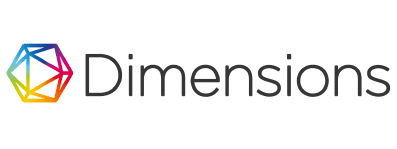


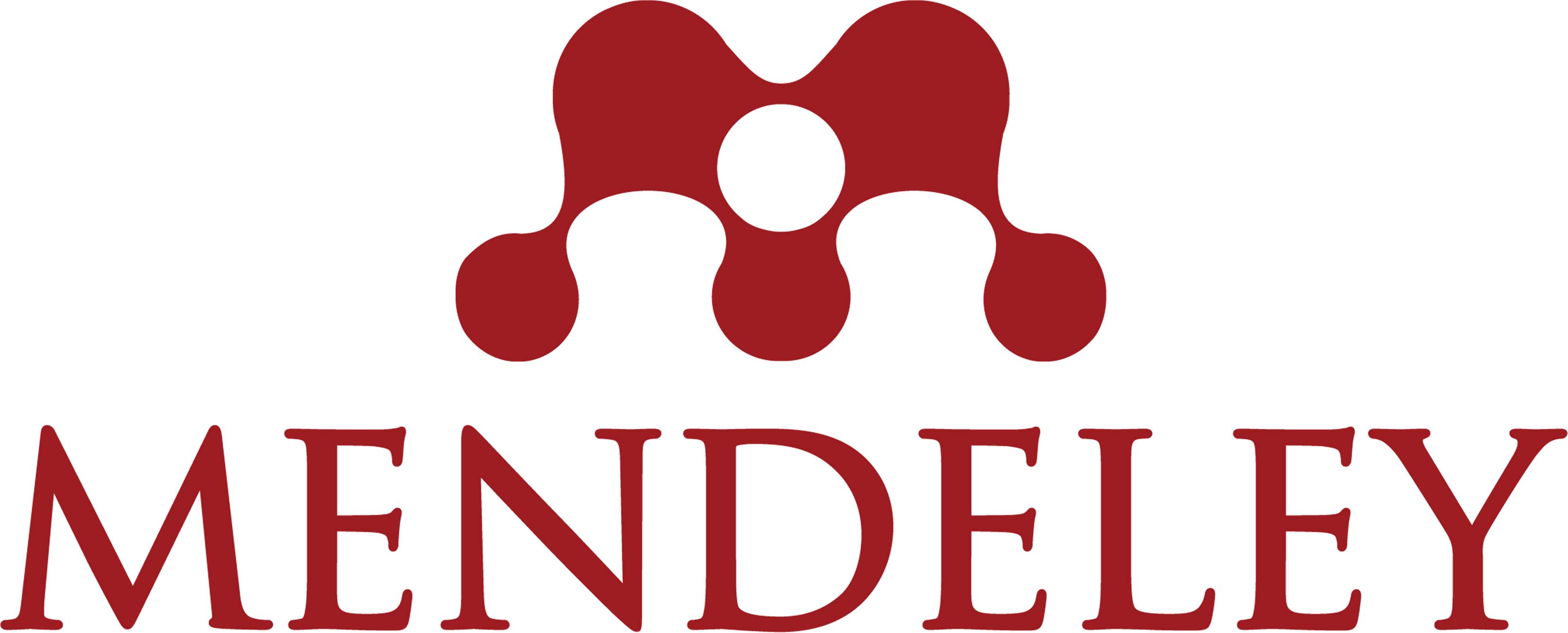



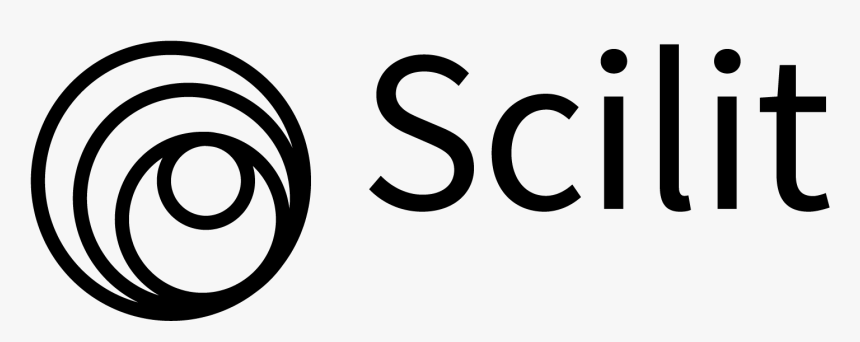
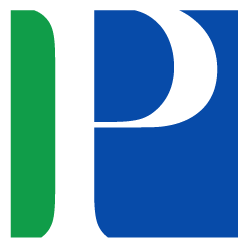
.png)
